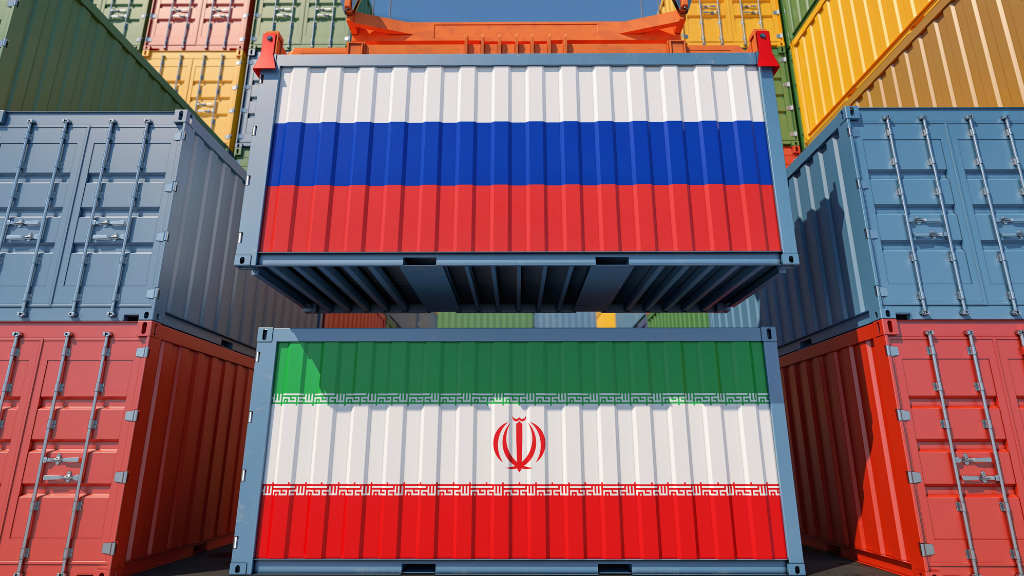Due to the current high potential of the 2024 harvest, existing reserves and competitive prices, Russia will be able to become a leading supplier of wheat to India, according to the Rusagrotrans analytical center, following an analysis of the Indian grain market.
Rusagrotrans stated in an interview with Interfax that “If the wheat harvest in India this season [March 2024-February 2025) results at the average level of about 105 million tonnes, taking into account depletion and the need to replenish previously record reserves, India may move towards opening the market this year for several million tonnes in imported wheat.”
The current season’s crop in India is under threat due to the El Nino effect, which led to a lack of moisture during the grain-filling period.
“Immediately before the harvest in March, there were showers and hail in the main wheat-producing states, which increased losses. The government has already asked private traders not to purchase wheat from farmers so that the Food Corporation of India can replenish reserves and purchase a minimum of 30 million tonnes, targeting 34.2 million tonnes. The pace of purchases is currently ahead of last year’s, when only 26.2 million tonnes were purchased from the 2023 harvest.” Rusagrotrans said.
Official wheat stocks in India, according to Food Corporation data, fell to a seven-year low of 9.7 million tonnes in March 2024 (11.7 million tonnes in March 2022) due to low harvests in 2022 and 2023 and record sales of 9 million tonnes from June 2023 through the end of the 2023/2024 agricultural season.
The last time grain from Russia arrived in India was in the 2016/2017 agricultural year, when Indi imported 156,000 tonnes and then in 2017/2018, when it imported 258,000 tonnes from Russia. This happened amid a sharp decline in crop yields in India due to drought in the 2015/2016 and 2016/2017 seasons. That reduced yields from 93 million to 86.5 million tonnes in 2015/2016 and from 96 million to 87 million tonnes in 2016/2017. As a result, imports in the 2016/2017 season soared to 6 million tonnes.
Wheat production in India then grew to 108 million tonnes in the 2020/2021 season and 110 million tonnes in 2021/22. This allowed the country to accumulate record stocks, place some in reserve, and begin exports, which reached 7.6 million tonnes in the 2021/2022 season. A prohibitive duty of 40% was introduced on wheat imports to manage this trend.
However, the situation changed in the 2022/2023 season, when official data show that the Indian wheat harvest was 107.7 million tonnes, but prices and declining stocks were evidence that, due to severe drought in the spring of 2022, the harvest was likely to be significantly lower.
In October 2022, the import of wheat was partially allowed, but only low protein (9%) and only for processing into Atta flour, a whole meal flour for the production of flatbreads and export to other countries. This wheat is supplied from Australia.
Subsequently, reports appeared on the market about plans to reduce the duty on wheat imports from 40% to 15-20%. At present these have been officially denied – but the situation may change.
This Russia-India trade mechanism may also find a home in the proposed India-Eurasian Economic Union (EAEU) Free Trade agreement, which also includes Belarus, another important wheat producer. With weather patterns changing in India, it needs to source alternative supplies. With Delhi unlikely to want to place its wheat supply needs with China, the EAEU may well be a solution.





